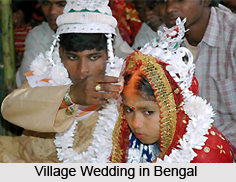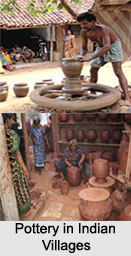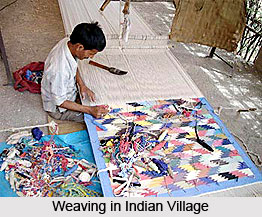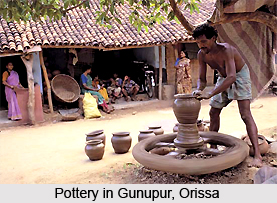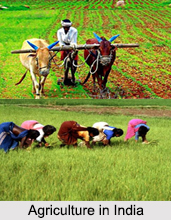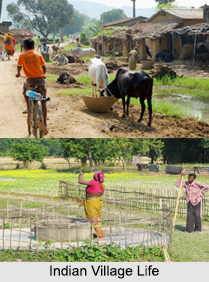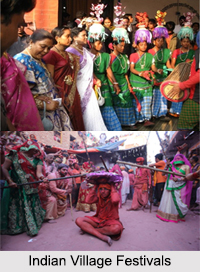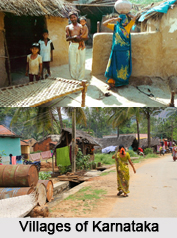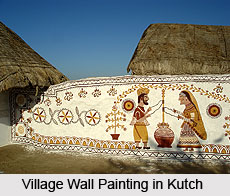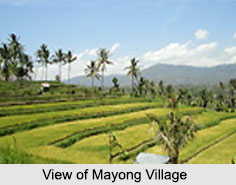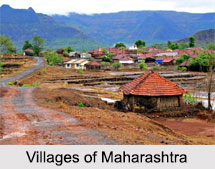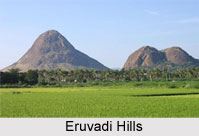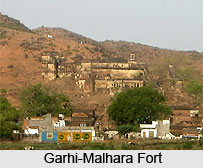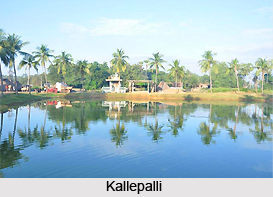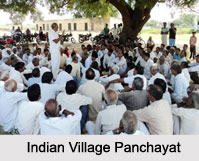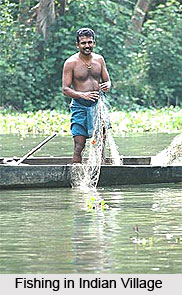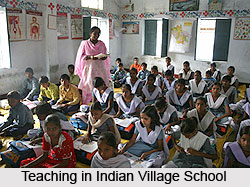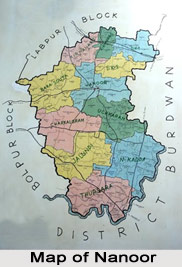 Nanoor which is also spelt Nanur, called Chandidas Nanoor is a temple village in Birbhum District of West Bengal. Nanoor is a village with a police station in Bolpur subdivision of Birbhum district in West Bengal.
Nanoor which is also spelt Nanur, called Chandidas Nanoor is a temple village in Birbhum District of West Bengal. Nanoor is a village with a police station in Bolpur subdivision of Birbhum district in West Bengal.
History of Nanoor
Nanoor is the birthplace of 14th century lyric poet Baru Chandidas of Vaishnava Padavali fame. Nanoor has developed as a craft centre with NGO support. The archaeological department of Calcutta University organised an excavation programme in Nanoor in 1932 and 1957. The archaeological discoveries at Jalundi village in Nanoor block in 2007 are believed to be the ancient ruins of the ancient Pala or Sena dynasties.
Location of Nanoor
Nanoor is located at 23.70 degree North to 87.86 degree East. It has an average elevation of 24 metres (79 ft). Nanoor is located in the south-eastern corner of the district which is an alluvial plain between Ajay River and Mayurakshi River. It is 47 km from Suri, 18 km from Bolpur- Shantiniketan and 29 km from Ahmedpur.
Climate of Nanoor
Nanoor has hot and dry summers, spread over March - May, followed by the monsoon from June to September. 78 per cent of the rainfall occurs during this period.
Administration of Nanoor
Nanoor is covering 24 villages and is economically backward. It has many artisan families who live below the poverty line. A large section of the population is either Muslim or belongs to the Scheduled Castes and Tribes. Although the population is talented they hardly had an opportunity to earn a decent living. The Institute of International Social Development - an international NGO, based and headquartered in Kolkata, has initiated steps to rectify the situation. The artisans get an opportunity to people from different countries. Such people visit Nanoor to have a first hand experience of the living and working conditions of artisans. Internationally renowned designers are helping the artisans to use the traditional kantha craft for producing modern-day utilities.
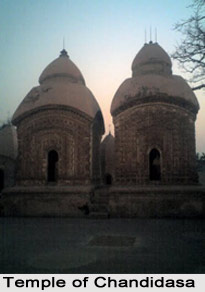 Culture of Nanoor
Culture of Nanoor
Culture of Nanoor defines the middle age Bengali culture, with the composition of Chandidas Kabyabali. It is the place where Chandidas wrote his immortal essays.
A fair is organized annually on the occasion of Dol Purnima (full moon) on the bank of the Dontapukur at Nanoor in memory of Dwija Chandidas and Rajakini Tami. It is called Chandidas Mela and was earlier organized near Bisalkshi temple. Japeswar Shiva-Charturdashi Mela is organized at Japeswar in the Nanoor area. Locals here trace back the history of the Shiva temple to 1000 BC. Radhamadhab Mela is organized at Charkalgram on 14 Chaitra and continues for a week. Pirer mela is organized at Sherpur for 5/6 days in the month of Magha. In the month of Falgun, a fair is organized at Basapara. It was started by Atai Mian, a zamindar of the area.
Tourism in Nanoor
Nanoor is place of temples and medieval era culture. In Nanoor, there used to be a weekly market, locally called haat. Apart from vegetables, such needs as pottery, wooden materials, iron materials, baskets, seeds etc. were available. With the passage of time the periodicity gradually increased till it became a daily market. There is a temple dedicated to Devi Basuli at Nanoor. The Navaratna temple at Brahmandihi, and the Chand Roy temple and four Shiva temples at Uchkaran are amongst the temples under the protection of the state archaeological department. The renowned Navaratna temple was undertaken by the Archaeological Survey of India but is now in bad shape. The four Lord Shiva or Mahadeva temples carry somewhat unique terracotta sculptures that need preservation.
